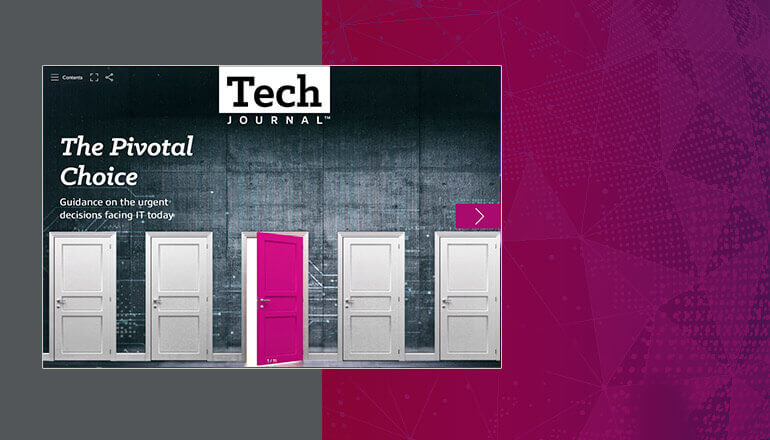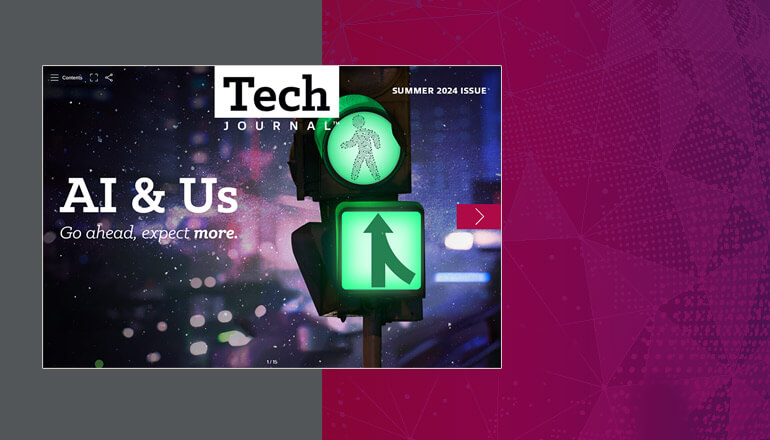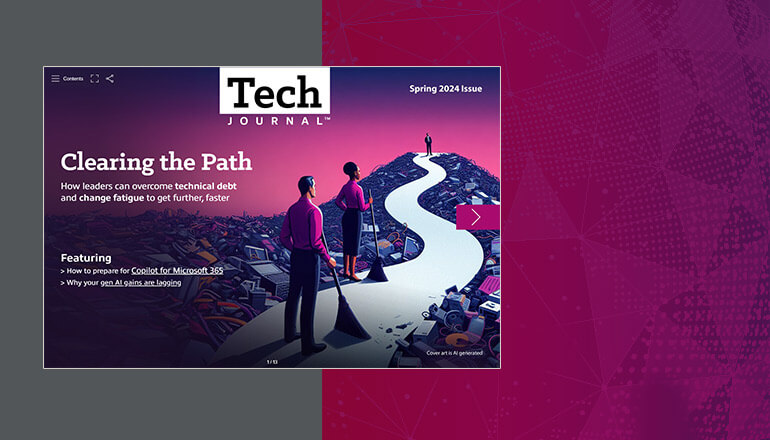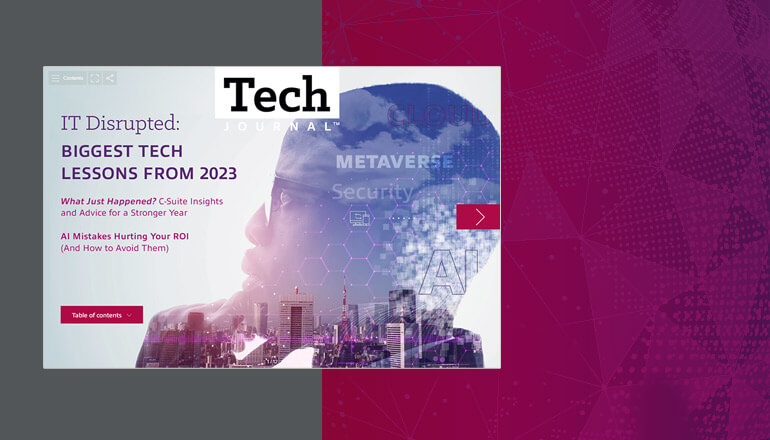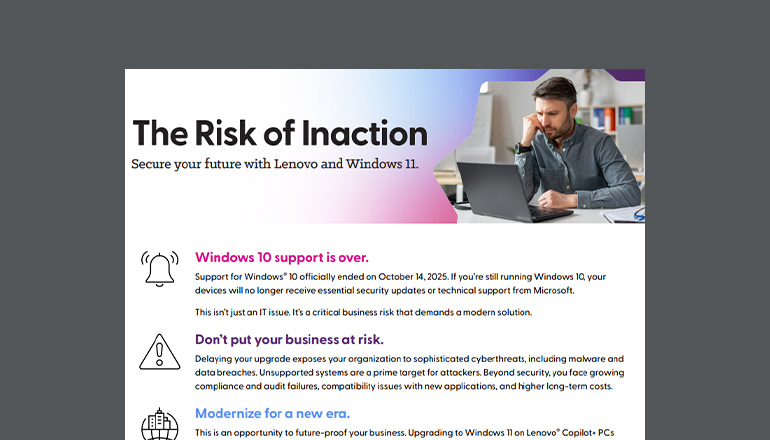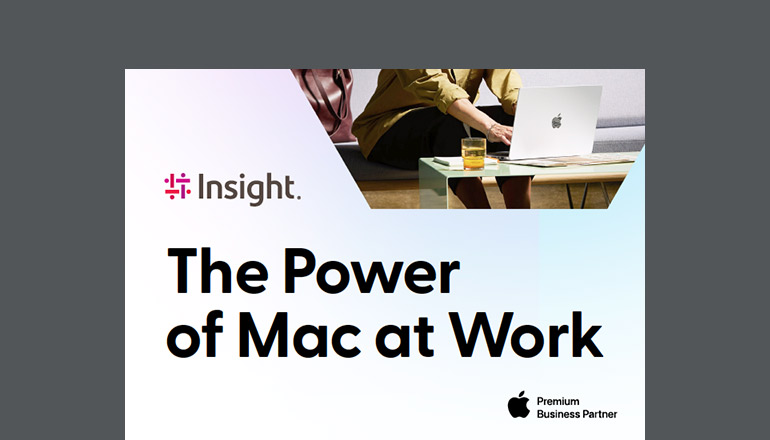Tech Journal Emerging Concerns for IT Leaders as Work From Home Becomes the New Normal
By / 21 Sep 2020 / Topics: Modern workplace Hybrid workforce

The COVID-19 pandemic proved that work can happen anywhere. What does that mean for IT management?
At Intel, we started imagining what work might look like today over a decade ago. We knew that the modern workplace would be defined by mobility, connectivity and scalability — and we designed the Intel vPro platform to address these needs and strategically position businesses to meet ever-evolving demands.
In fact, Intel understood that changing demands in the modern workplace would lead to a highly mobile and remote workforce even before the COVID-19 pandemic drove so many people to set up makeshift home offices.
While the pandemic served to accelerate the shift to a remote workforce, data indicates that it’s a trend that’s here to stay. A recent Gartner CFO Survey found that only about a quarter of CFOs plan to have their entire workforce report back to the office after the threat of COVID-19 subsides.
Many IT teams didn’t necessarily realize, however, the full scope and long-term impact of the situation. They rushed to deploy the infrastructure and tools necessary to get a predominantly mobile workforce up and running overnight. Now, as ongoing public health concerns and cost-cutting measures make both total work-from-home and hybrid models the norm, IT managers must reckon with the ramifications of this shift. How will they achieve high network performance, stability, security and manageability while still promoting worker productivity and the user experience?
For starters, the meaning of Work From Home (WFH) has taken on new dimensions in light of pandemic life. While workers who don't have children or dependents, but do have ample living areas, may be able to replicate their office workspace at home, others may have to juggle working with home schooling children in limited spaces shared with other WFH family members. This means that IT teams must be able to effectively manage, connect and secure a range of devices for a single user, as they switch from phone to tablet to laptop throughout the day, according to their needs.
Furthermore, without the need to show up at the office, more employees are adopting the digital nomad approach, at least temporarily, and working from the road or even relocating to other countries. While the idea of “working from anywhere with Wi-Fi” may be incredibly alluring to someone who has spent the past months in relative isolation, it could be an IT managers worst nightmare.
As the nature of work continues to evolve rapidly, IT leaders are tasked with maintaining “business as usual” against the backdrop of an ever-changing definition of what’s “usual.”
IT leaders face complex, constantly evolving challenges.
For many IT leaders, security remains the chief concern. Computing spoke with 150 IT leaders across a wide variety of sectors and found that 73% believe that keeping devices secure will become an even bigger issue than it already is in the coming months. On a scale of one to 10, with 10 meaning “extremely significant,” the same IT leaders ranked remote working as a 7.7, cyber security breaches and risks at 7.4 and the increasing number of IT devices as a 7.1, indicating that “the increased diversity of devices, their geographic spread, and the volume of security patches and updates” were seen as significant challenges.
While the pandemic may have temporarily halted IT transformation initiatives, many IT leaders recognize that secure, effective management of a complex and diverse IT environment requires a modern IT infrastructure.
The same survey by Computing found that 49% of IT leaders report that the need for more efficient device management processes is a main motivation for implementing advanced remote device management capabilities. Over one-third of IT leaders pointed to the need to reduce IT workload and facilitating increased remote working respectively.
Nearly 30% of IT leaders reported that a desire for cloud-based tools was their chief motivator, while just under a quarter acknowledge their need for solutions to deal with their increasingly complex and diverse IT estate.
When asked about what features will play prominently in device management and security over the next three years, multifactor authentication topped the list at 67%, with end-to-end encryption coming in at 51% and 45% of respondents pointing to cloud-based administration.
These findings demonstrate that sustainable, efficient and adaptable IT management processes and solutions are not just preferable — they’re essential to keeping pace with the heightened demands placed on IT today.
The Intel vPro platform addresses these needs, offering IT managers the tools to effectively manage the modern workforce — and support worker productivity and health. By creating and refining tools to enable IT to remotely and securely manage devices, both inside and outside the firewall, and over the cloud, Intel empowers businesses large and small to meet the demands of the modern workforce — and thrive.
Ease of management doesn’t come at the cost of the user experience, though. The Intel vPro platform also offers business-class performance right out of the box. Designed for fast processing, incredible responsiveness and extended battery life, Intel vPro platform-based devices equip workers to succeed. In fact, a ours saved in improved employee efficiency with the Intel vPro platform through better device security and management.





